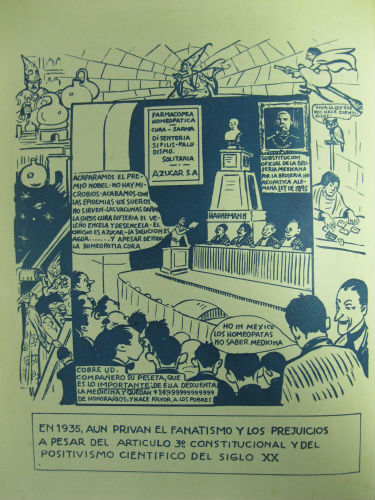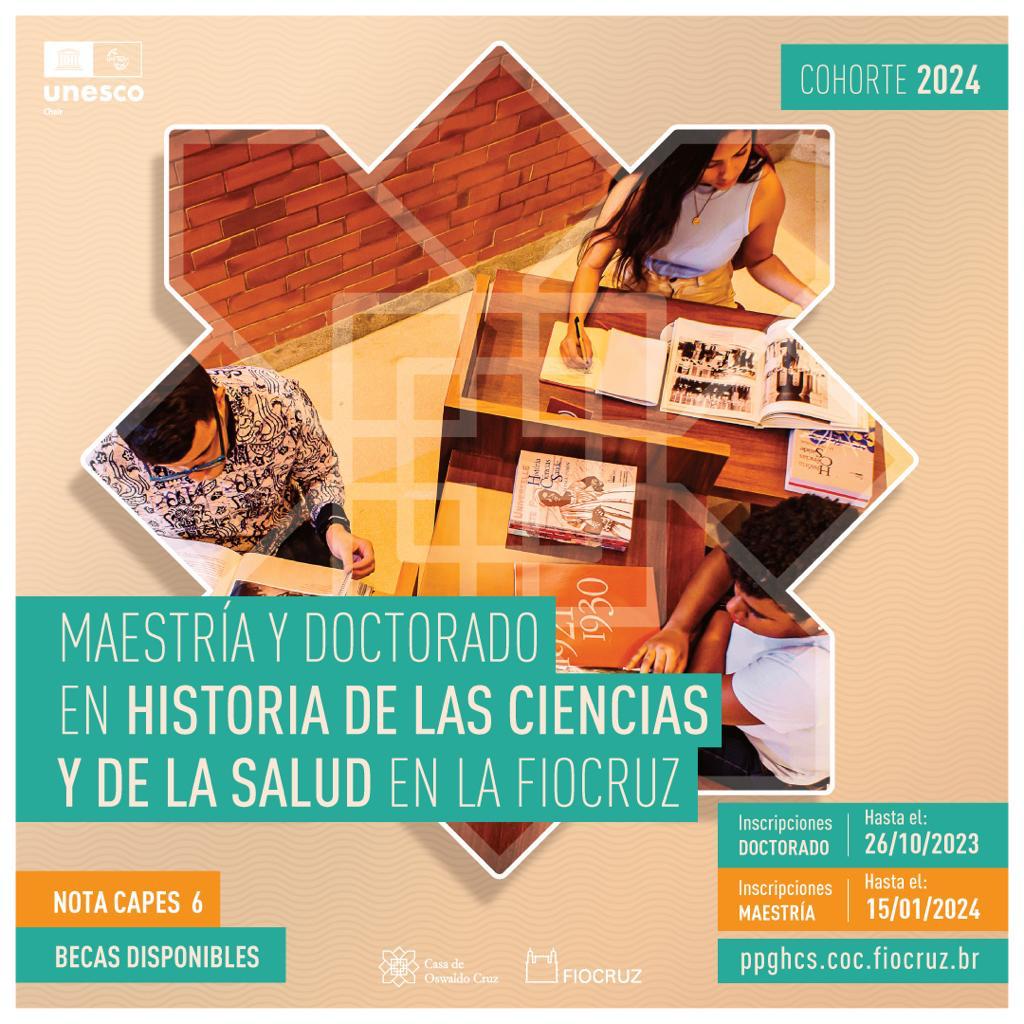May 2019
This paper analyzes how knowledge, experiences, and practices that circulated between Italy and Spain constructed and influenced both nuclear energy and political power during the Franco regime.
The article, by Ana Romero de Pablos (Instituto de Filosofía/Consejo Superior de Investigaciones Científicas, Madrid, Spain) is part of our dossier on the transnational knowledge during the Cold War, HCSM (vol.26 no.1 Jan./Mar. 2019).
Read in our blog and journal:
A hotspot in the history of science – An interview with Ana Barahona, editor of our dossier on the transnational knowledge during the Cold War. She explained the main characteristics of science during that era and its relation with the polarized political order.
Barahona, Ana. Karyotyping and population genetics in Cold War Mexico: Armendares’s and Lisker’s characterization of child and indigenous populations, 1960s-1980s. Hist. cienc. saude-Manguinhos, vol.26, no.1, Jan./Mar. 2019.
Barahona, Ana. Transnational knowledge during the cold war: the cse of the life and medical sciences. Hist. cienc. saude-Manguinhos, Hist. cienc. saude-Manguinhos, vol.26, no.1, Jan./Mar. 2019.
Torrens, Erica. Biomedical knowledge in Mexico during the Cold War and its impact in pictorial representations of Homo sapiens and racial hierarchies, Hist. cienc. saude-Manguinhos, vol.26, no.1, Jan./Mar. 2019.
Pablos, Ana Romero de. Knowledge that traveled between Italy and Spain during the Franco regime: the construction of radioactivity counters, Hist. cienc. saude-Manguinhos, vol.26, no.1, Jan./Mar. 2019.
Carvalho, Tito. “A most bountiful source of inspiration:” Dobzhansky’s evolution of tropical populations, and the science and politics of genetic variation, Hist. cienc. saude-Manguinhos, vol.26, no.1, Jan./Mar. 2019.








